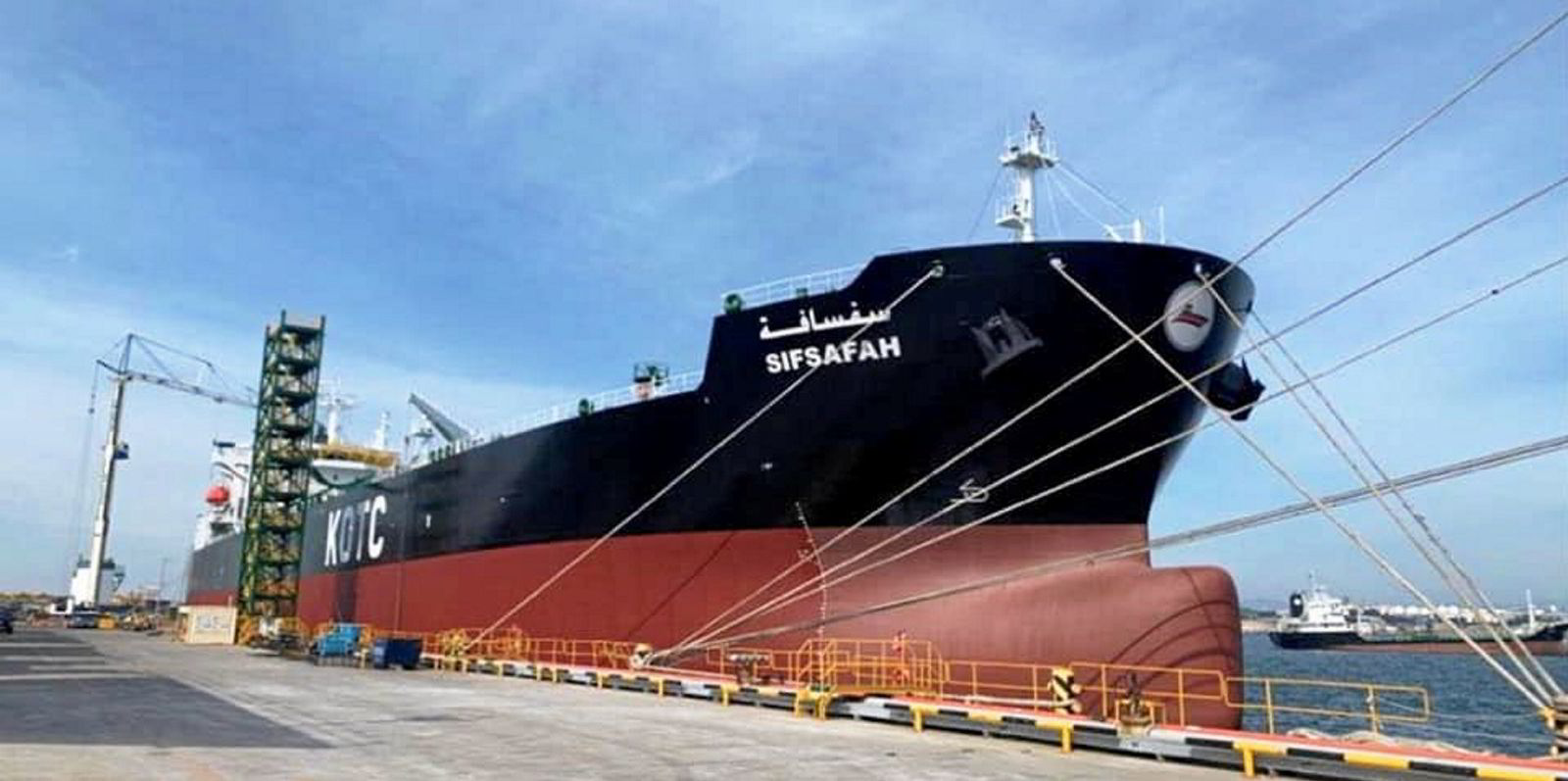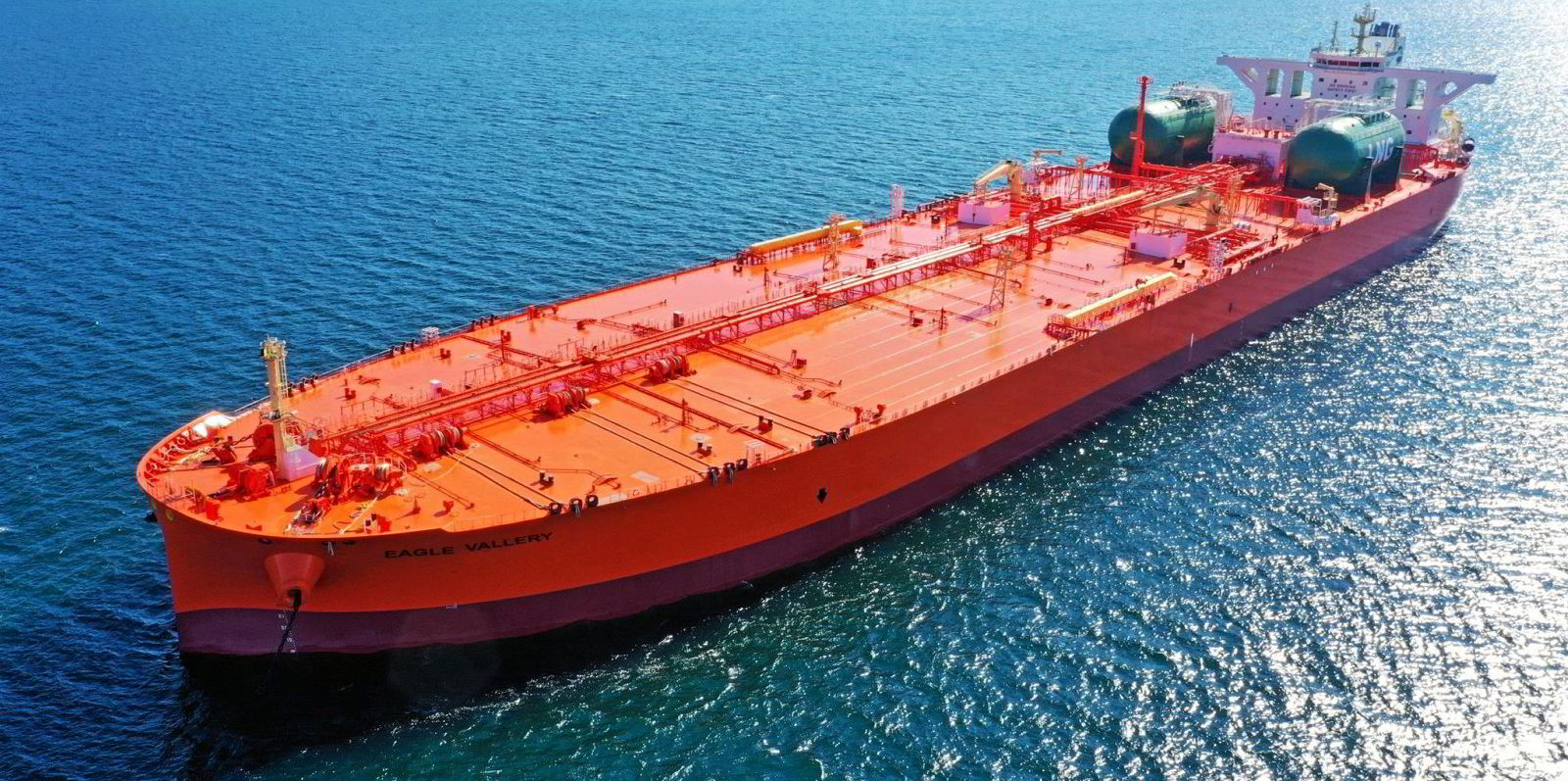Tanker orders fell to their lowest level since 2009 in the first quarter of this year, according to UK shipbroker Simpson Spence Young (SSY).
No crude vessels were contracted in the period at global shipyards, while just six product carriers were ordered, the London shop reported.
The high steel price and an increase in labour costs have also resulted in a surge in newbuilding and secondhand asset prices, SSY said.
A conventional VLCC from a South Korean yard is now estimated to cost $130m, the broker added.
But exact prices are hard to determine given the lack of firm deals.
Just 700,000 dwt of clean carriers were contracted between January and March, the lowest since the second quarter of 2009 when six ships of 500,000 dwt were ordered.
SSY said a lack of yard slots has prevented tanker owners from placing orders.
The broker believes South Korean yards do have some availability for ships of aframax size and below for delivery in the second half of 2024, however.
“Given the strong container ship and LNG markets shipyards have concentrated on securing orders for both of these sectors,” SSY added.
The orderbook for both clean and dirty tankers as a percentage of the fleet has steadily declined since 2016, standing at 6.2% as of the end of March.
Increased ‘removals’
“The upcoming emissions regulations are expected to result in increased removals from 2023, as some older more uneconomical vessels may struggle to find employment opportunities,” the broker said.
“This, in tandem with the low orderbook, implies fleet growth will be limited across the upcoming years,” SSY added.
The more muted fleet growth should be positive for the tanker market amid a smaller pool of vessels.
There is also an assumption of increasing oil demand among industry observers.
Seaborne oil flows could rise over the upcoming years, which should benefit the earnings environment, SSY concluded.






